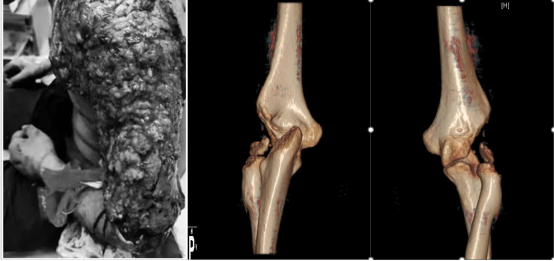

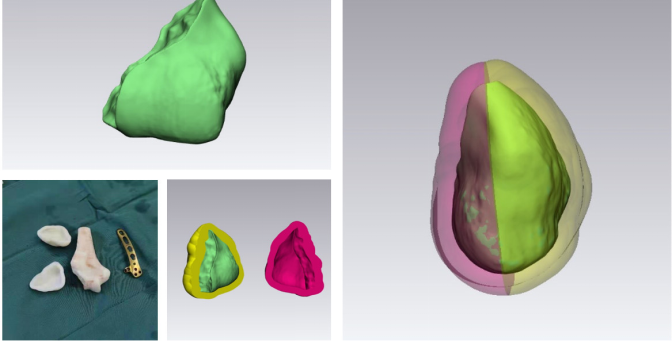

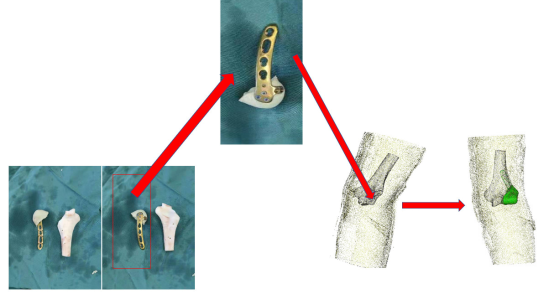

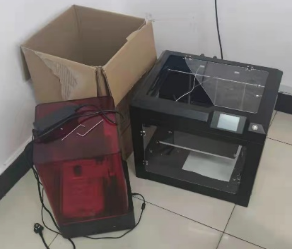
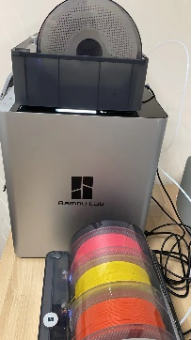
FDM and LCD Stereolithography 3D Printers
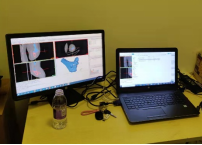
Mobile Graphics Workstation
Freeform Force Feedback Sculpting Pen
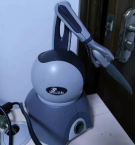
Doctors utilize patient CT/MRI data for 3D modeling design, conducting precise preoperative planning for patients with special complex fractures, traumatic bone defects, osteomyelitis, and malunion of fractures. They design 3D printed surgical navigation plates and personalized bone cement spacer molds, implementing personalized and precise surgical treatment plans. In recent years, Dr. Zhang Wendong from the trauma orthopedics department has successfully conducted over a hundred surgeries by combining 3D printing technology with trauma orthopedics.
To better support the implementation of new technologies by orthopedic trauma surgeons, the head nurse of the 903A ward has specially set up a simple workshop, equipped with 2 FDM 3D printers, 1 LCD stereolithography 3D printer, 2 graphics workstations, and 1 force feedback 3D modeling virtual sculpting pen. Utilizing these tools, orthopedic trauma surgeons have assisted in designing and completing multiple complex surgeries through a medical-engineering integrated approach.
Dr. Zhang Wendong meticulously introduces his “digital weapons,” utilizing patient CT/MRI data and employing medical modeling software such as Mimics, E3D, and 3Dslicer for reconstructing bone and muscle structures. He uses 3D design software like 3-matic, Geomagic, and the Freeform force feedback virtual sculpting pen for surgical design planning, completing the model drawings for surgical navigation plates and molds, printing the “surgical plans” using 3D printers. Currently, our hospital’s trauma orthopedics department has utilized 3D printing technology to assist in resolving many complex cases.

Case One
3D printed personalized osteotomy guide assists in correcting adult cubitus varus. A 49-year-old female, who suffered a humeral supracondylar fracture due to childhood trauma, received improper treatment at the time, resulting in cubitus varus deformity. The deformity caused significant psychological stress and elbow pain when lifting objects, troubling her for many years.
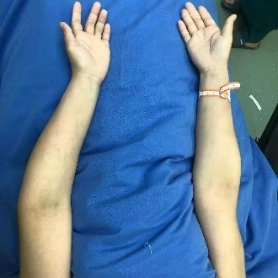
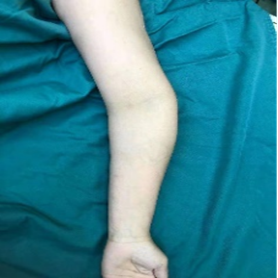


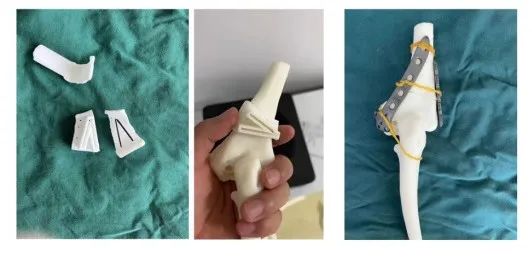


Case Two

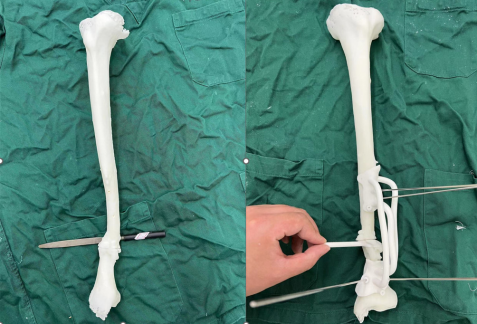
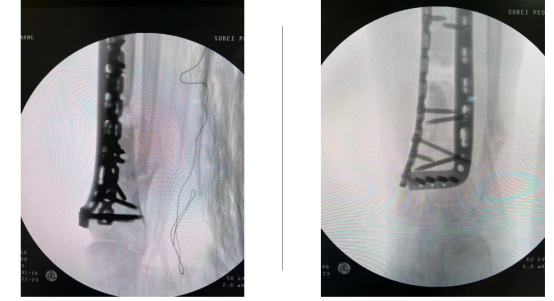
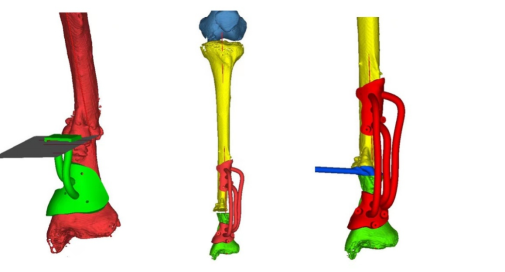
Reflecting on his experiences treating patients, Dr. Zhang Wendong recalls each case with great detail. While treating patients clinically, he often studies various data and modeling in his “small room.” With a high volume of patients, numerous surgeries, and a significant workload in emergency care, he frequently works late. However, the thought of advanced technology providing better solutions for complex clinical issues and improving patient experiences makes all the hard work worthwhile.
The application of 3D printing technology has optimized surgical plans, reduced surgical trauma, and made surgical operations more precise and personalized. At the same time, the professional and meticulous nursing work closely integrates with medical work, further reducing complications and promoting patient recovery. The advancement of science drives the progress of medicine. Moving forward, Dr. Zhang Wendong and the trauma orthopedics treatment teams will continue to delve into the application of 3D printing technology in orthopedics, striving for greater progress in research and clinical techniques to better serve the public with advanced technology.

Source | 903A Ward
Editor | Jiang Xiaoxiao